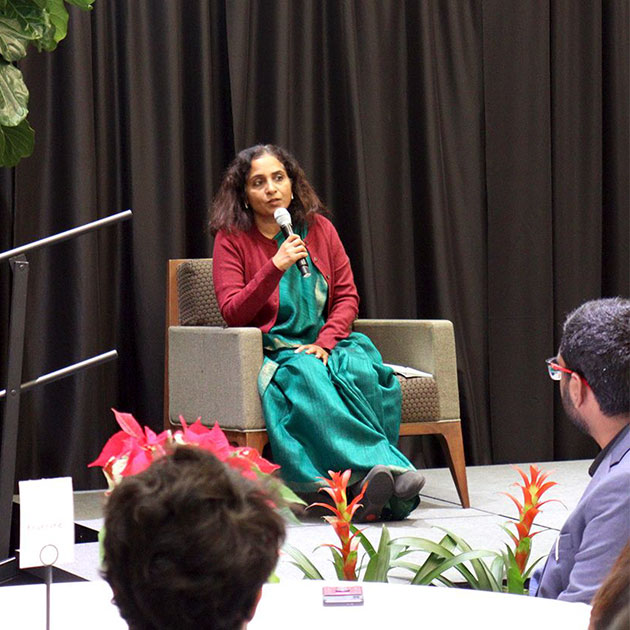Contents
In 2014 the U.S. was at risk with Ebola
At about 8:30 on a Monday morning, Sept. 29, 2014, I left my home to teach health information systems to undergraduate healthcare management students at UT Dallas. A helicopter was circling above my neighborhood — that was something unusual. I found out why in a matter of minutes from the news. The first U.S. Ebola patient, Thomas Duncan, had been admitted to a Dallas hospital near my house, and the chopper had been dispatched by a TV station to cover the story — from a distance. A highly contagious disease with a risk of an epidemic was within minutes of reach to my family, the epicenter being the Texas Health Presbyterian Hospital.
The details of who, what, how and why Ebola was in the U.S. emerged in the days following the event. The patient traveled from his native Liberia, and in a few days following his arrival in the U.S., he went to the emergency department (ED) with low-grade fever, dizziness, abdominal pain and nausea. Given Tylenol at the hospital, he was later sent home with a prescription for antibiotics, only to come back to the hospital two days later in critical condition. Within hours of admission, medical professionals determined that the patient had Ebola. A cascade of events led to the failure to diagnose and isolate the patient during the ED visit. Lack of protocols and human error all contributed to the failure; yet, for many, improper electronic health record (EHR) design and usage were the leading culprits. At the time of ED admission, the triage nurse noted the patient had traveled from Africa. The same information, however, did not show up on the physician screen in the EHR (the data was accessible yet in a different module). Nor was there a digital warning to the providers about the risk the patient posed. The omission of such critical information led to the discharge of a highly contagious patient to the community and posed a risk of disease outbreak.
The incident underscores how technology, if not designed and used correctly, can lead to communication gaps that can be fatal.
I was very interested in all this not only out of concern for my family’s well-being but also because as a researcher, I have long studied inefficiencies in healthcare. In particular, I study how to better use available information and resources in order to get better outcomes. I often focus on decision-making and the role of information and information technology in supporting operations at such healthcare organizations as hospitals.
What did we do right during the Ebola alert?
The handling of the situation was a success despite the initial lapse. Proper use of information and technology was now the catalyst. Quickly, the information about where the patient had been previously, who he had contact with since his arrival in the U.S. and whether protocols were followed or not, was all available. Communication among stakeholders, including public health officials, care teams and other involved parties, was speedy. Perhaps, an epidemic bound to kill many was diverted, likely with the help of proper use of information and technology. The patient, unfortunately, died Oct. 8, and two healthcare workers were infected.

Data is now more relevant facing the COVID-19 pandemic
We are currently experiencing another disease outbreak. The outbreak of COVID-19, a coronavirus, began in China. Unlike the Ebola case of 2014, the situation escalated in the U.S. and elsewhere, and became a pandemic, a worldwide epidemic impacting millions. The orchestration of people, policies, processes and resources is critical to defeat the current threat. Once again, information and technology are proving to be vital for success. The level of sophistication and the flexibility in using technology for fighting this malady is unprecedented. We are witnessing the making of history in real time on a worldwide scale.
Some technologies are replacing routine tasks for providers, patients and even policymakers. For example, medical professionals deliver a significant proportion of care via telemedicine services for the safety of providers and patients. Many people who never used online grocery shopping are utilizing it to avoid contagion. Virtual-meeting technologies are enabling coordinated efforts by public health officials within and across countries. Real-time case detection and death rates are shared globally and presented using visually astounding graphics. Effective visual and communication media that are accessible to all are providing the public with the information they need to understand how to cope. To that end, Singapore is heavily using social media to disseminate information and avoid the spread of fake news and rumors.
Innovative use of technology in responding to the COVID-19 crisis is unprecedented
China uses surveillance technologies equipped with infrared sensors and facial-recognition software to detect people with high fever. Location-tracking apps are identifying those with whom COVID-19 patients had close contact. Big tech in the U.S. is putting its resources, such as machine learning and cloud capabilities, to study patient blood samples. The goal is to innovate new ways to diagnose and treat, and to predict who will become sick. Taiwan has used big data analytics (comprehensive health insurance and immigration data sets) to classify patients based on their risk, and if high risk, track their travel via their phones. Singapore is using patient tracking to enforce quarantine.
The first Ebola case taught us a lesson in how to manage an epidemic and the criticality of having the right information, at the right place and at the right time. The COVID-19 pandemic, in a way, is putting us to a difficult test of whether we can implement those lessons. The pandemic not only has an unparalleled impact on our day-to-day lives, but it also is bound to change the healthcare ecosystem.
As I look back at the early days of this pandemic, it is inspiring to see how information and technology are enabling communication, data sharing, virtual resources and coordination that we have never witnessed before. The dedication of people on the front lines are making us believe in ourselves — and in the idea that we can overcome this health crisis. As we navigate through the evolving and unique challenges, I expect that we will see the use of technology in more innovative ways. I also hope that, as a society, we will debate and decide which of these innovations are ethically and culturally acceptable. We have a lot to watch and learn, and perhaps adjust our expectations on what the future of healthcare holds. Perhaps the long-awaited true digital transformation of healthcare is already at hand!
A website has been launched to serve as a hub for all UT Dallas information on the coronavirus outbreak and will be updated periodically with new information as it becomes available.





